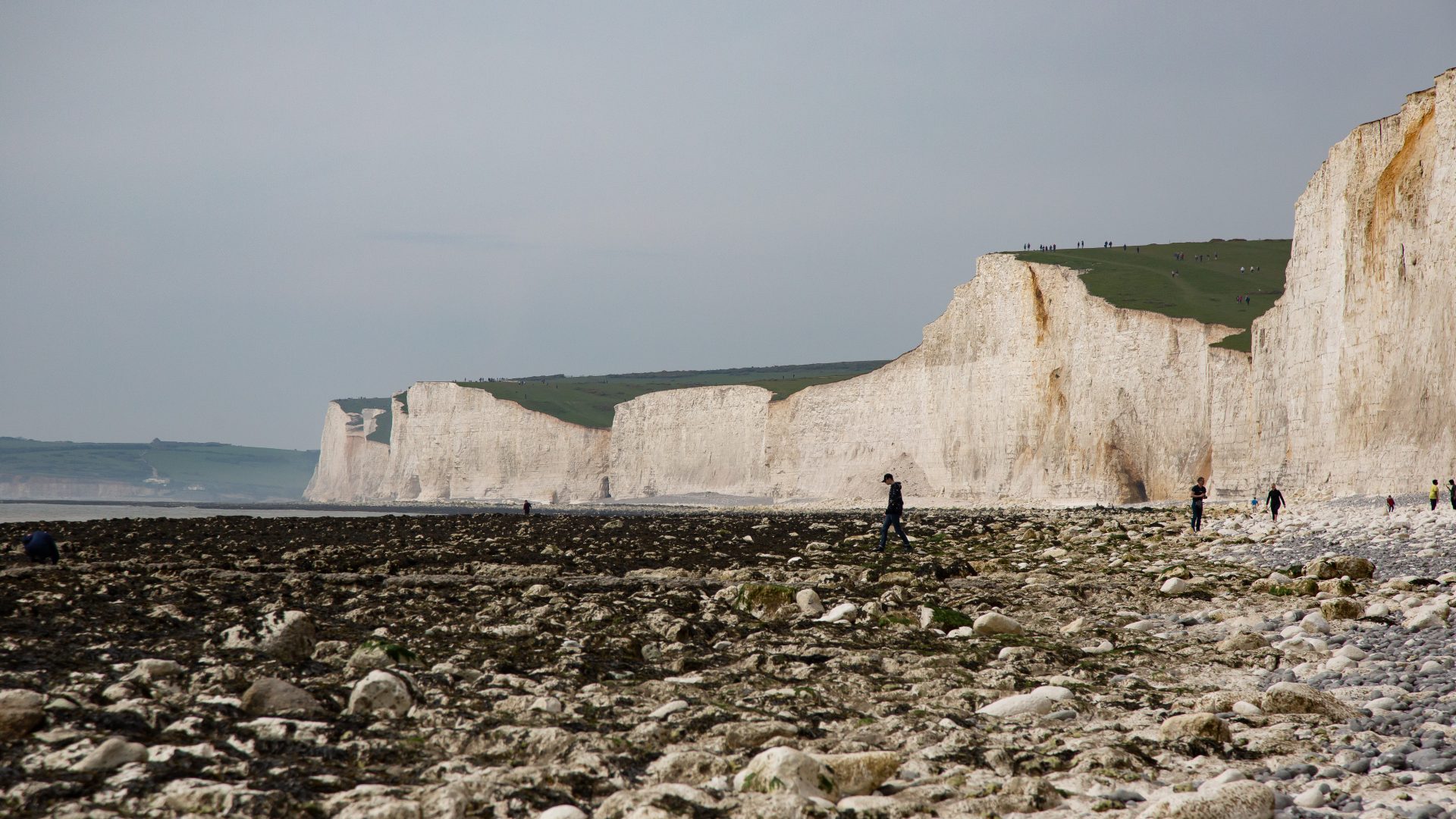
National Parks Rivers at Risk Report
In partnership with the Rivers Trust, our Rivers at Risk Report sets out the latest full assessment of the state of rivers in National Parks of England and Wales.

National Parks are among our most diverse and valued landscapes and are designated for their natural beauty, wildlife, cultural heritage and recreational opportunities. They have the highest level of planning protection due to these special qualities.
The major development test (“the test”) is a well-established part of national planning policy. The test makes it clear that planning permission should be refused for major developments in National Parks (and Areas of Outstanding Natural Beauty) except in exceptional circumstances and where it can be demonstrated they are in the public interest. This is intended to provide a framework to enable major development proposals to be assessed so that the conservation and enhancement of the landscape is given the greatest priority. Yet, as cases such as the North York Moors National Park Authority (NPA) decision to grant permission for the world’s largest potash mine demonstrate, there is a risk that the additional protection for National Parks is not being given sufficient emphasis.
Campaign for National Parks, the National Trust and the Campaign to Protect Rural England believe more needs to be done to strengthen the protection, and enhancement, of National Parks. We commissioned Sheffield Hallam University to investigate the effectiveness of national and local planning policies in protecting National Parks and to identify whether changes were needed to strengthen this protection. The work analysed local plan policies for National Parks and undertook interviews with senior planning officers in National Park Authorities to investigate the decision making process in around 70 major development planning applications. It also drew on the experience of National Park Societies, CPRE groups and National Trust planning advisers involved in responding to these applications locally.

In partnership with the Rivers Trust, our Rivers at Risk Report sets out the latest full assessment of the state of rivers in National Parks of England and Wales.

National Parks and the Sea, Exploring a New Endeavour: created by Natasha Bradshaw on behalf of Campaign for National Parks as part of our National Marine Park work

This report presents valuable background reading and research on a range of key topics which those with an interest in the new proposals may want to understand in more detail.